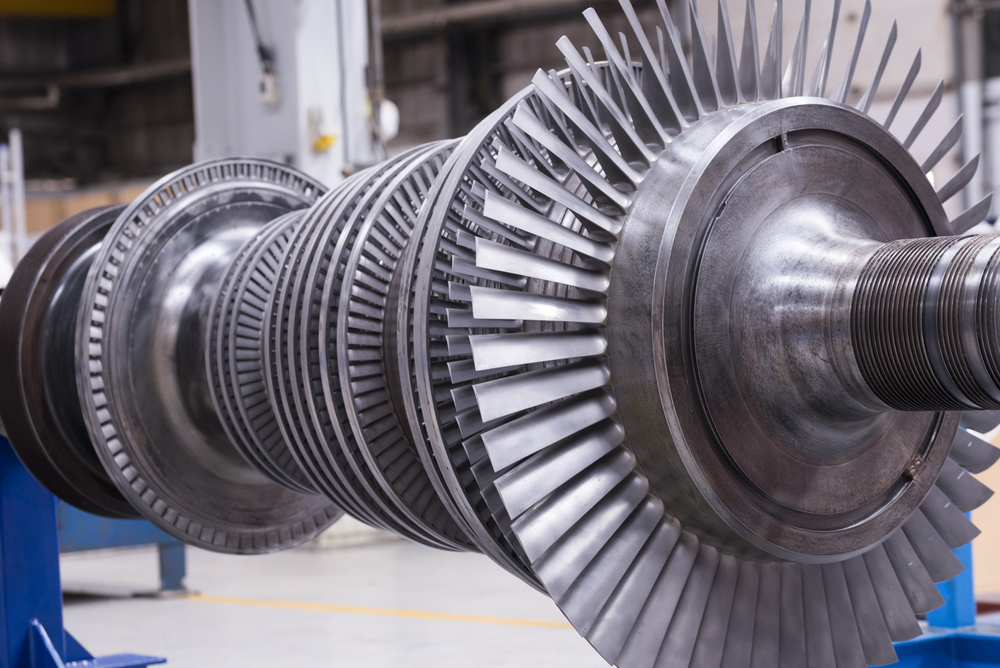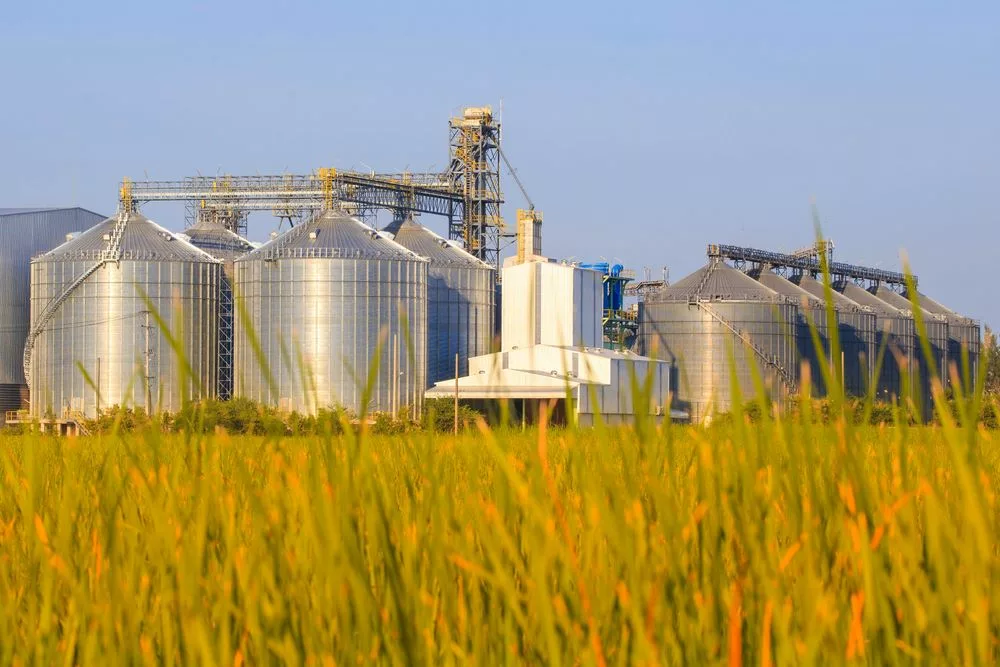The rotor is statically and dynamically balanced when it is assembled with blades. Each bladed disc is individually balanced prior to assembly for built-up rotors.
Static balance means that the weight is evenly disposed around the axis of the shaft. It can be checked by rolling the rotor on horizontal knife-edge supports.
Dynamic balance means that the moments of the out-of-balance weights along the axis about either bearing add up to zero. This is checked by spinning the rotor on resilient bearings, detecting the vibration, and adding or subtracting weights until the vibration is negligible.
A modern balance machine allows for high-precision balancing and, to a significant part, removes the trial-and-error methods of the past.
Rotors are normally balanced at low speed and weight adjustments are made in two convenient planes, one at each end of the rotor. This adjustment may be by varying screwed plugs in tapped holes, or by adding balance weights at specific circumferential positions. Tee slots are machined circumferentially in the periphery of the rotor front and rear half-coupling flanges to permit the weights to be positioned and retained.
The aim of balancing is to reduce the amplitude of vibration to a tolerable level, which can be taken to be about 25 /mi at the bearing pedestals.
As rotors become larger and more flexible, it is increasingly important to understand their modal behavior so that balancing can ensure smooth running over the speed range.
Larger LP and generator rotors with essential speeds below running speed are overseeded and, if necessary, balanced in a vacuum chamber in the fully-bladed condition, where they may be run without being overheated owing to windage.
Rotors are run in bearing bushes and pedestals as closely as possible to simulate site conditions in the vacuum chamber and the high-speed pit. Measurement of journal or pedestal vibration is possible, and balancing can be done at precisely controlled speeds anywhere in the range required. The vibration margin provided by the balancing standards obtained during factory testing must be sufficient to accommodate site conditions.
Turtle Turbines balances its Rotors using the best the class technology from Schenk Germany to stringent ISO Grades.



